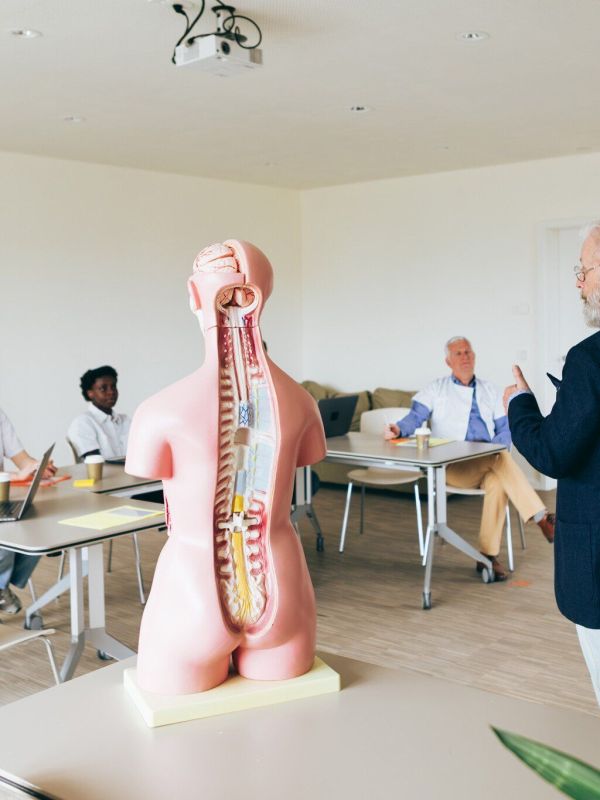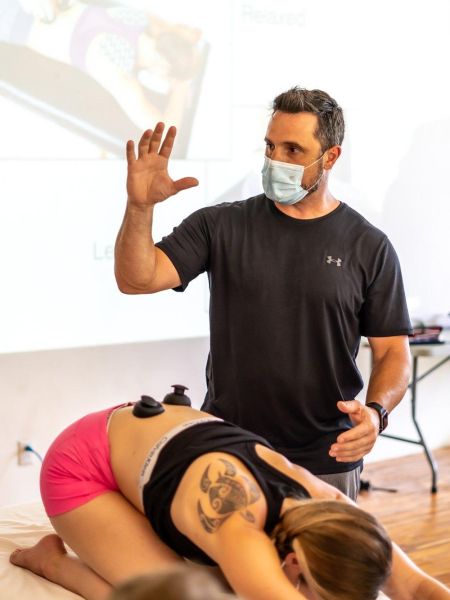Baseline guidelines for alignment
Foundational Health Series
"The doctor of the future will give no medicine, but will interest his (sic) patient in the care of the human frame, in diet and in the cause and prevention of disease"
― Thomas Jefferson
When we talk about alignment, we primarily mean skeletal and nervous system structure.
Skeletal Structure
The spine is the primary structural element that we'll dig into. Left untreated, a misaligned spine can lead to movement restrictions while also causing severe pain; stiffness in the joints; and long-term posture and health problems.
The spine also plays a vital role in protecting the central nervous system, which means poor spinal alignment can have exponentially negative impacts. Blockages in energy pathways from structural impediments should be addressed as well.
Physical Trauma
Most people have experienced some type of physical traumatic event in their lives, whether it be a tough fall, a car accident, or a serious blow to the body. Once the initial pain and swelling subsides, there can be lingering effects if the body has not been restored to alignment.
Gravity and Posture
Then, there's alignment's #1 enemy, 'gravity.' If you don't factor in posture training later in life, gravity's constant pull on our bodies will almost always lead to permanent rounding of the shoulders and neck/upper back hunching.
As my father hit his late 80s, the curvature in his spine became severe. Straightening his body against a wall was no longer possible. This contributed to further joint pain, immobility, and dramatically reduced quality of life. Posture training could have saved him from these struggles.
The older we get, the harder it is to maintain proper posture. In addition to effective habits to consider, there are simple and quick exercises that you can layer into your daily routine to support posture and alignment:
- Wall alignment exercises
- Standing desks or ergonomic chairs that mitigate the 90 degree hip angle
- Breathwork - making a point to fill your lungs deep during breathwork, rounding your chest
- Mitigate hunching - screens, whether your cell phone or work computers, should be at eye level.
- Take breaks from your workstation every 30-40 minutes. Stand up, walk around, roll shoulders forward and backward, and consider doing some air squats to mobilize the hips and lower back.
The Experts
There are various fields of expertise to support your body's alignment. Here are a few that you should consider:
- Chiropractic Care
- Energy alignment therapy
- Massage therapy
- Acupuncture
Foundational Health - Basic Guidelines Series:














